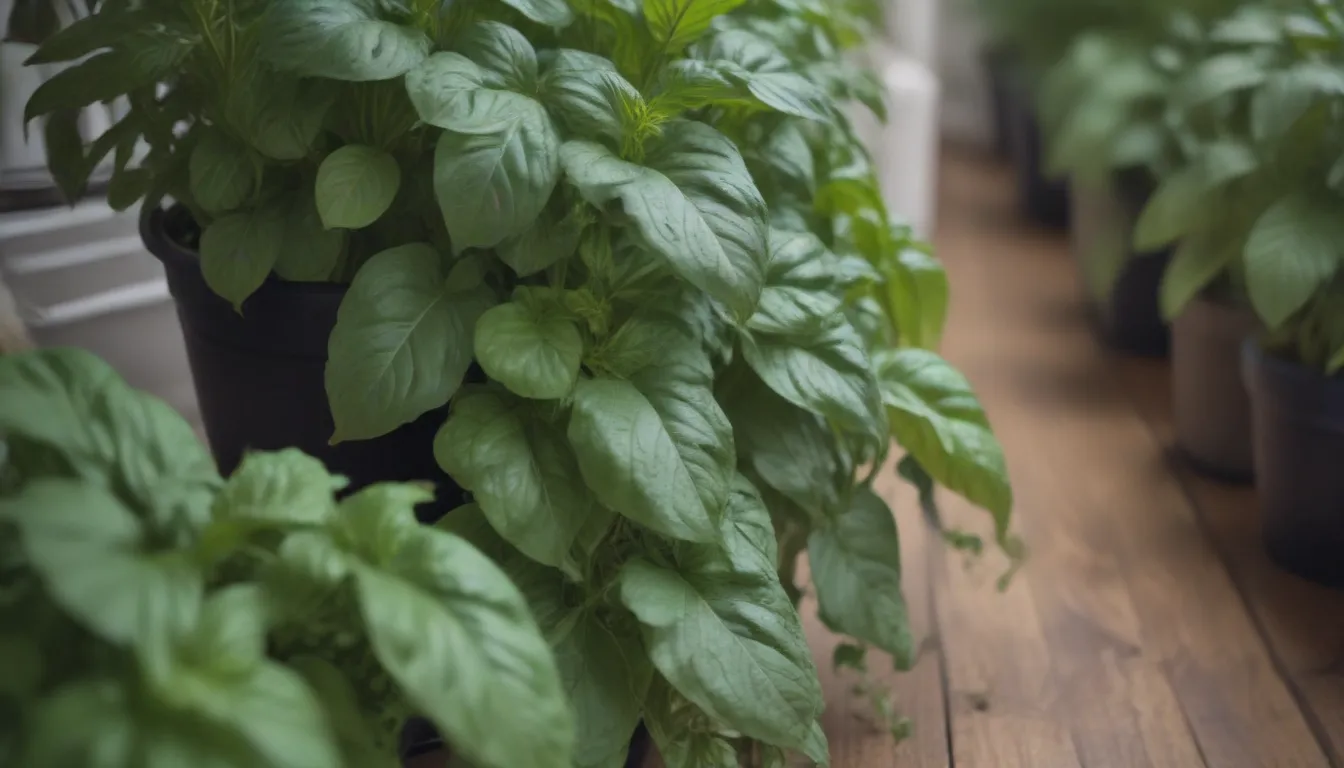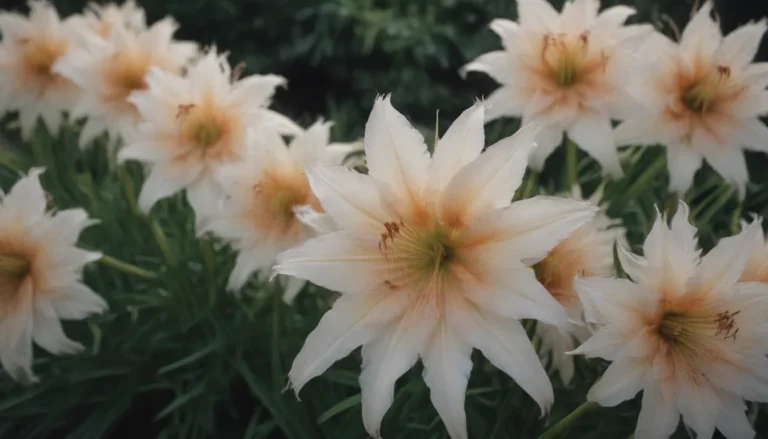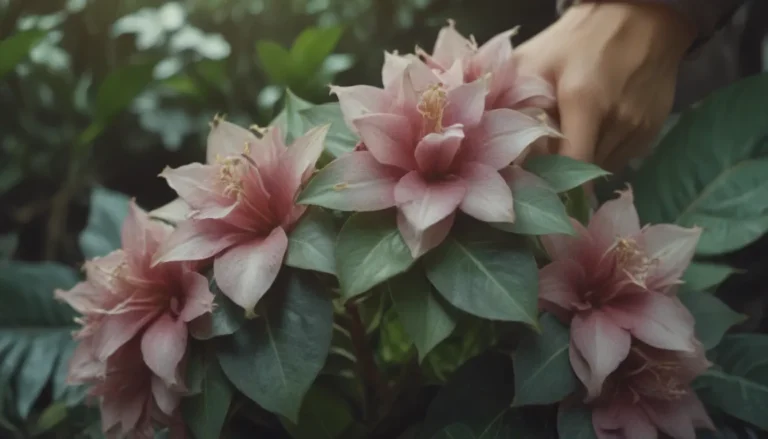The Complete Guide to Properly Watering Basil Plants

If you’re looking to maintain a thriving basil plant, knowing how to water it is crucial. The watering schedule for your plant will depend on various factors, including your climate and whether it’s situated indoors or outdoors. Basil, a perennial herb that thrives in warm climates and loves full sun, also requires moist, well-drained soil to flourish. Jordan Mara, founder of Mind & Soil, emphasizes the importance of observing the foliage and soil condition to determine when your basil needs watering. Here’s everything you need to know about watering your basil plant effectively.
Expert Advice from Jordan Mara
When it comes to watering basil, Mara recommends infrequent deep waterings instead of daily shallow waterings. By watering deeply, you encourage the roots to grow downwards in search of moisture, ultimately creating a stronger root system. A mature basil plant typically requires a good deep watering once a week, although this may vary for indoor plants due to lower light intensity and airflow indoors. For outdoor basil gardens, Mara suggests watering in the morning or evening to prevent evaporation and minimize the risk of leaf burn from the sun.
Watering Basil Plants: Indoor and Outdoor Tips
- Frequency: The watering frequency for basil depends on factors like light exposure, temperature, humidity, soil type, and potting container. Aim to water once a week, but adjust this schedule based on your plant’s specific needs.
- Light Exposure: Basil thrives in sunlight, requiring about six to eight hours of light daily. Ensure your plant receives adequate morning sun without the intensity of midday rays to prevent rapid drying of the leaves.
- Temperature and Humidity: Basil thrives in temperatures between 80 and 90 degrees Fahrenheit, with humidity levels ideally ranging from 40 to 60 percent. Extreme temperatures can stress the plant, so adjust watering and provide shade as needed.
- Soil Type: Opt for well-draining soil with a pH level between 6.0 and 7.5 for optimal basil growth.
- Potting Container: Choose a planter with sufficient drainage holes to prevent waterlogging and provide ample space for root growth.
Proper watering is essential for basil plants, as both underwatering and overwatering can lead to issues. Keep an eye out for signs that your basil plant may need more or less water to ensure its health and vitality.
Identifying Watering Needs
Signs Your Basil Plant Is Underwatered
- Sad, sagging leaves: Wilting foliage indicates a lack of water, so be sure to water your basil promptly.
- Dry soil: Check the soil moisture level at a depth of two inches. If it’s dry, your basil plant needs watering to thrive.
Signs Your Basil Plant Is Overwatered
- Brown or black spots on leaves: These marks could indicate overwatering, which can lead to root rot. Adjust your watering frequency accordingly.
- Environment too cold: Brown spots can also result from chilly temperatures. Keep your basil plant in a warmer setting to avoid cold-related leaf damage.
By observing these signs and adjusting your watering routine accordingly, you can ensure that your basil plant remains healthy and vibrant. Remember that each plant is unique, so paying attention to its specific needs is key to successful care.
Tips for Proper Watering Technique
To water your basil plant effectively, follow these steps recommended by Jordan Mara:
- Use a watering can or gentle shower setting on your hose to water the soil around the plant’s stem entrance.
- Avoid wetting the leaves directly and focus on watering the soil.
- Allow the water to soak in for a few minutes, then check the soil moisture at a depth of two inches.
- If the soil is still dry, repeat the watering process until it’s moist throughout.
By following these watering guidelines and paying attention to your basil plant’s cues, you can create an optimal environment for its growth and ensure a thriving herb garden. Remember that consistent care and observation are key to successful basil cultivation.
In conclusion, mastering the art of proper watering is essential for the health and vitality of your basil plants. By understanding your plant’s unique needs and providing the right amount of moisture, you can enjoy a bountiful harvest of fresh basil leaves for culinary delights. Happy gardening!





